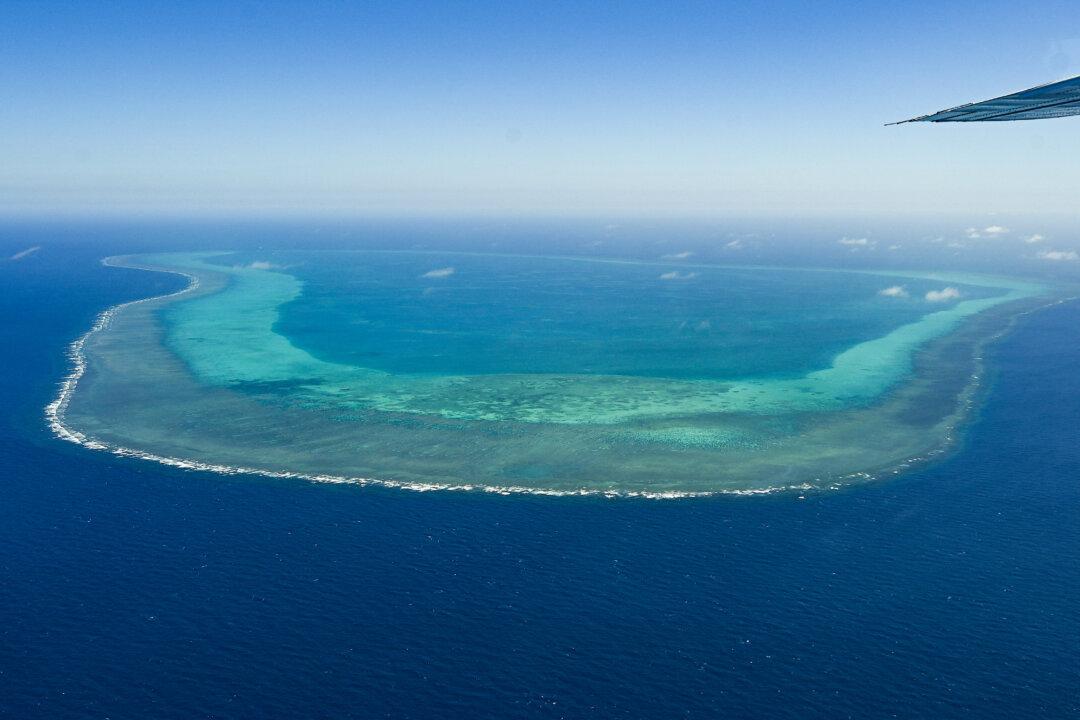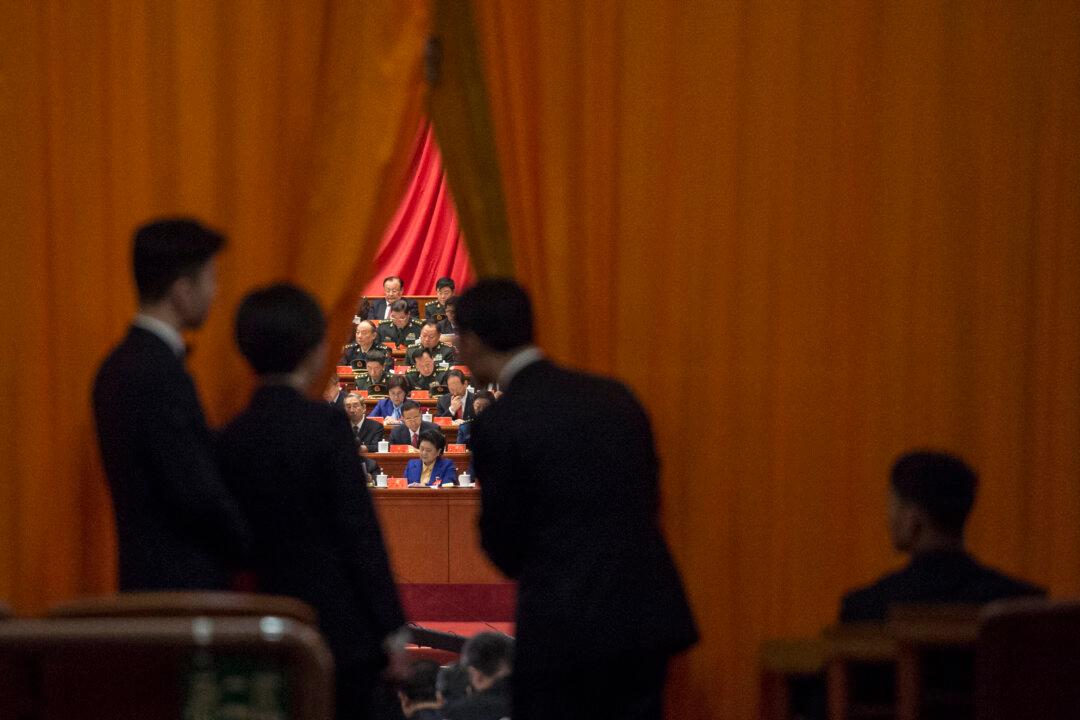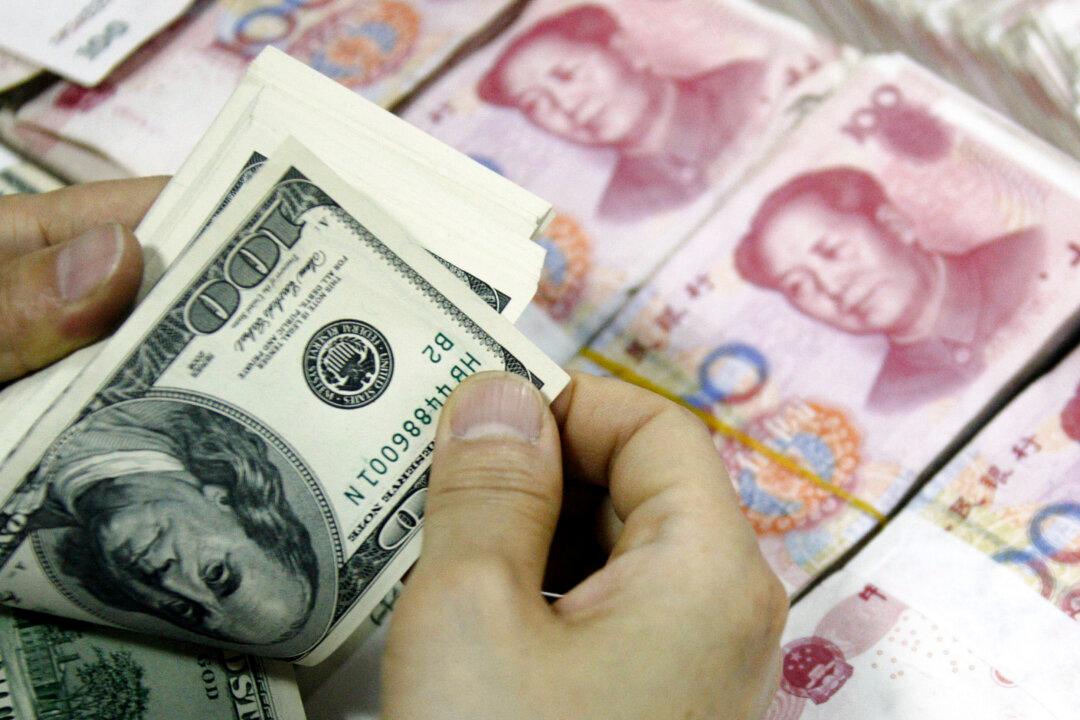The United States, Japan, and the Philippines conducted a joint Navy drill on Dec. 6 amid tensions between Beijing and Manila over shoals in the South China Sea.
It involved the Philippine Navy’s patrol ship BRP Andres Bonifacio and a C-90 aircraft, the Japan Maritime Self-Defense Force’s Murasame-class destroyer JS Samidare (DD 106), and the U.S. Navy’s P-8A Poseidon maritime patrol and reconnaissance aircraft from Patrol Squadron 47, according to U.S. and Philippine militaries.
The statements said the exercise was conducted in compliance with international law and due regard to the safety of navigation and the rights of other states.
“The U.S., along with our allies and partners, uphold the right to freedom of navigation and overflight, other lawful uses of the sea and international airspace, as well as respect to the maritime rights under international law,” the U.S. Indo-Pacific Command said.
Since November 2023, the Philippines has held three Maritime Cooperative Activities (MCAs), two with the United States and one with Australia, both having long-standing defense agreements with the Philippines.
Spate of Collisions
The drill on Dec. 6 took place two days after the latest spate of collisions between Chinese and Philippine coast guard vessels in the South China Sea.Beijing accused the Philippine ships of “dangerously” approaching Chinese ships while seeking to enter what Beijing views as its territorial waters around Huangyan Island, the Chinese name for the Scarborough Shoal.
Scarborough Shoal, also known by its Spanish name Bajo de Masinloc, is a triangle-shaped chain of reefs in the South China Sea between mainland China, Taiwan, and the Philippines, all of which claim sovereignty over it.
Located west of the Philippines’ main island of Luzon, Scarborough Shoal serves as a vital fishing ground for Filipino villagers and, according to international law, lies well within the Philippines’ 200-mile exclusive economic zone.
Since 2012, the Chinese regime has taken control of the region as part of its broad efforts to pursue claims over nearly the entire South China Sea.
Sovereignty over Scarborough Shoal has never been established. While a 2016 ruling by an international arbitration court determined that Beijing lacked a legal basis for its historical claims in the area, that its blockade there violated international law, and that the area was a traditional fishing ground used by fishermen of many nationalities, the CCP refused to recognize the ruling, ramping up its military and coast guard presence to reinforce its claims.
The Chinese regime claims sovereignty over almost all of the South China Sea and has disputes over the resource-rich region with several neighbors, including Vietnam, Taiwan, Indonesia, Malaysia, Brunei, and in particular, the Philippines.






